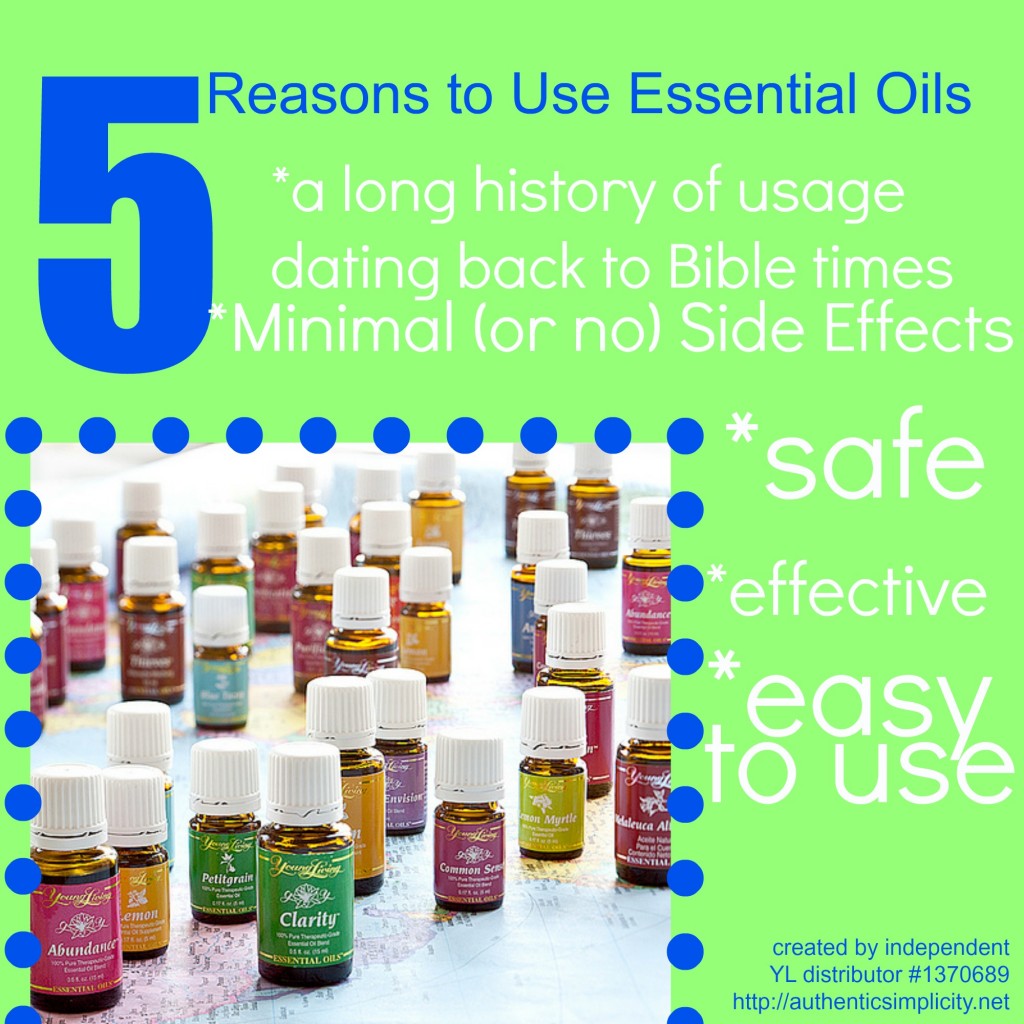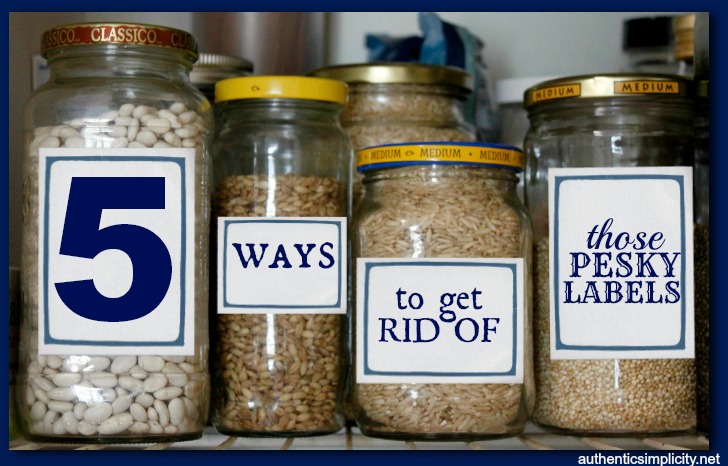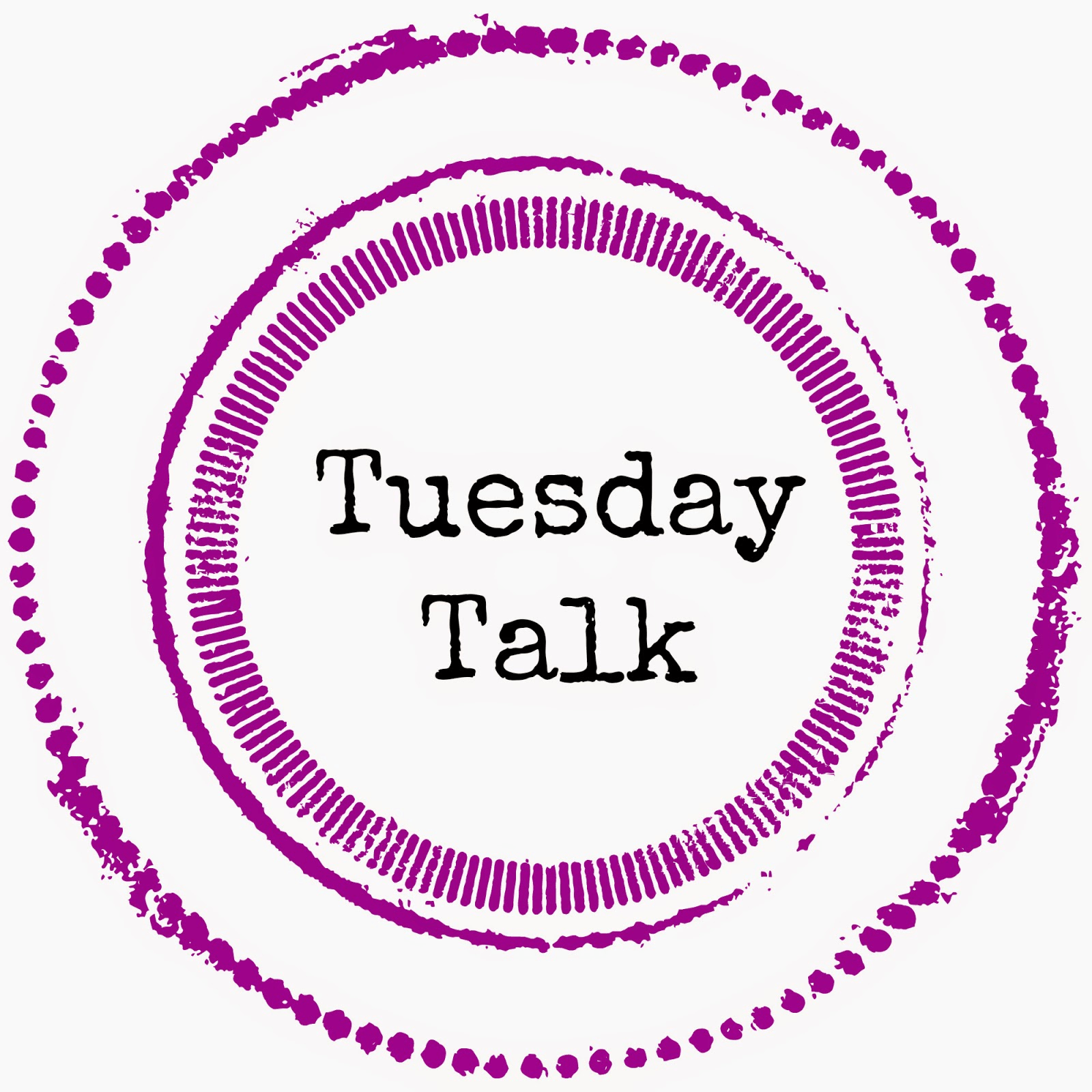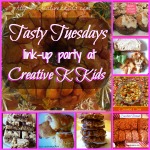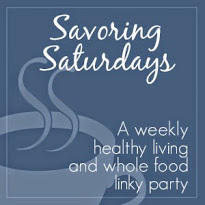When I first signed up as a distributor with Young Living Essential Oils, I wrote a lengthy post about that decision. (You can read that post here, and you can sign up as a distributor yourself here, because once you’re done reading this post, you’ll probably want to. *wink*) I detailed then the mental and physical journey that led me to essential oils, but I didn’t specifically address the reasons why I chose essential oils as the primary healing modality, if you will, in my home.
Now that I have over a year invested in learning about and using the oils, I figured it was past time to put into words the reasons why I chose to go with essential oils. Naturally, I believe these reasons are good reasons for you also to choose essential oils, but please keep in mind this is only a post about my experience and it is not to be construed as medical advice because I am not a doctor. If you have any concerns or questions, please do speak with your medical practitioner before experimenting with the oils.
1. Essential Oils are Safe
Did you realize you have probably been ingesting essential oils and rubbing them onto your body already without even knowing it? That’s because many of them (here’s an itemized list) are categorized as “GRAS” (Generally Recognized as Safe) by the FDA and approved as such to be used as food additives. Companies add GRAS essential oils to food and toiletry items for flavor and fragrance purposes all the time.
And if you don’t trust the FDA (Ahem. I don’t blame you.), here’s an interesting analysis by Dr. Robert Tisserand, an expert on essential oils, about the safety and various concerns regarding the use of oils. I encourage you to read through for yourself, but my conclusion after reading it myself was that he was hard pressed to find any hard evidence of any sort of serious negative side effects or reactions from the usage of oils. A quote from this article: “As used in aromatherapy today, essential oils have not caused a single death.” The same cannot be said for modern chemical medicine!
Certainly, we need to respect the power of essential oils and use them wisely and with a heavy dose of common sense. First of all, we need to make sure the oils we use are of the highest quality to avoid the adulteration and chemical exposure referred to in the above referenced article by Tisserand. Secondly, it is a good idea to dilute essential oils for both topical and internal use. And it goes without saying that caution should be exercised when using oils on children (although I have read that studies done on children reveal no negative effects when they are used properly). With all that in mind, I think one can say that aromatherapy is just as safe as any other readily available therapy, if not safer.
2. Essential Oils are Effective
I have experienced the effectiveness of essential oils personally and in my own family, and I have heard the testimonies of many others’ positive experiences. Browse through Oil Testimonials and see how many people have benefited from the life-blood of a plant that is called its “essential oil”.
3. Essential Oils Very Rarely Have Side Effects
The most common side effect of an oil is that it can cause a minor reaction in sensitive skin, like a tingling, stinging sensation or even a slight rash. The best way to avoid this reaction is to dilute the oil with a carrier oil.
Some people respond strongly to some oils think they are having an allergic reaction. However, it is more likely that any reaction to an oil is actually part of the detox process, which can be a good thing. (Even so, it’s a good idea to stop using any oil when you experience detox symptoms and allow your body time to recover before using it again.) There’s some debate about whether or not oils can be allergenic at all, but here’s a good rule of thumb: if reactions strengthen with each use of the oil, it’s probably an allergic reaction. If the reactions reduce in intensity, it’s probably detox.
One thing worth mentioning here, although it’s not the purpose of this post, is that some medical conditions do not tolerate certain oils. Epilepsy comes to mind, since I recently had a friend with this concern. If you have a chronic medical illness or condition, do your research and make sure the oils you want to use will not aggravate your condition.
4. Essential Oils Have a Long History
The aforementioned Dr. Robert Tisserand gives a brief history of essential oil usage here, but suffice it to say that ancient cultures (Rome, Egyptian) regularly used essential oils medicinally. And, of course, the Bible is filled with mentions of oils (distilled and infused) used for many purposes, including physical and emotional health.
I don’t know about you, but I have a lot more trust in something that has stood the test of time! Modern medicine miracles exist and are not to be discounted, but give me a time-tested remedy any day over!
5. Essential Oils are Easy to Use
You know how I like things to be simple! I find aromatherapy to be the most accessible of all modern alternative remedies: Chiropractic care is expensive and time-consuming (although very beneficial!); acupuncture is also expensive and exclusive in that it’s not really something you can do at home; homeopathy is just downright confusing; and I confess that I find herbal medicine to be much the same.
Essential oils are easy to use at home - simply diffusing them into the air is an effective way to use them, as is rubbing the diluted oil into the skin. Although there is much to learn about the science of aromatherapy, at its very basic level, it can be used at home by even the most inexperienced person. (Provided, of course, that inexperienced person is willing to learn the basics of safety and usage!)
They are also neither expensive nor exclusive like the other therapies I mentioned. The average wholesale price of a bottle of essential oil from Young Living is around $20 and contains several hundred drops. (Ask me how you can get the wholesale price for yourself!) When you consider that you use only one or two drops at a time, that price is actually minimal in comparison to most other alternative meds out there. (Hey, it’s even cheaper than most run of the mill OTC meds!)
